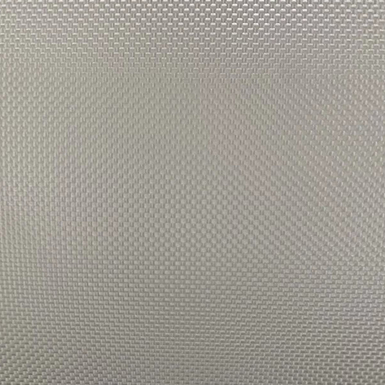Architectural Membrane Fabrics are a type of material that is used in construction to create flexible, weather-resistant surfaces. Typically, these fabrics are constructed of materials such as PVC-coated polyester, PTFE membranes and ETFE foils that are tensioned to form stable structures that can withstand a variety of environmental conditions. This symbiosis of form and structure allows designers to create lightweight structures that are more expressive than traditional building materials.
When designing a fabric membrane, the key to successful results is to consider the full range of variables that can influence performance and cost. The main variables are fabric size, tensile strength, shear strength and adhesion strength. These variables are important because they impact the structural behaviour of a fabric structure and how it will react to forces imposed upon it.
In general, a high-strength woven fabric with good abrasion and tear resistance is a good choice for a membrane structure. Woven fabrics can be produced to any length or width that is required and can be coated with a variety of protective coatings such as vinyl, terephthalic acid (TPA), polyvinyl fluoride (PVF, of which Tedlar and Kynar are examples) and ethylene-vinyl acetate (EVA).
It is critical to understand how these various properties affect the structural integrity of a tensile fabric before beginning a project. The first step in evaluating these properties is to calculate the tensile strength of the fabric, which is measured by its ability to resist a force applied perpendicular to its surface. The higher the tensile strength, the stronger the fabric and the better it will perform.
Another important factor to consider when analyzing a fabric structure is its shear strength, which is the ability of the fabric to resist a force parallel to its surface. This is important because a structure that experiences an imposed shear load will be subjected to a stress concentration at the point of failure and may deform or rupture. In general, the shear strength of a fabric is significantly less than its tensile strength, so it is important to ensure that the shear resistance of the structure is adequate.
The non-linear, dynamic behaviour of a fabric structure can be modelled using specialist form finding software which allows designers to vary elements, boundary conditions and geometry to quickly determine the most efficient structural solution. The software can also generate cutting patterns to automatically cut the fabric panels into the required shape.
Lastly, it is important to understand how different types of fabric respond to changing environmental conditions. For example, the heat transfer through a fabric is greatly increased when it is exposed to sunlight. To reduce this effect, the fabric can be treated with a reflective coating to reduce the amount of solar radiation that is transmitted into the building interior.
The global architectural membranes market is growing rapidly because of a number of factors. One of these factors is the increasing demand for energy-efficient buildings. As a result, many companies are turning to architectural membranes to save money and energy. These structures are also more environmentally friendly than traditional buildings. Moreover, these structures are aesthetically pleasing and can add to the aesthetics of a building.


.png)
 English
English 中文简体
中文简体















